- Over 1 million successful rentals
Car Hire Jordan
Save time and money. We compare the offers of car rental companies in Jordan on your behalf.
- Free cancellation Up to 48 hours prior to the scheduled pick up time
- Best price guarantee Have you found a better price? Let us know and we will make you a better offer.
- 24000+ pick-up locations Locations around the world
Compare Car Hire
Carrentals.co.uk offers simple and straightforward car hire comparison services. We don't add a penny to your quotes!
Car rental offers in Jordan
Whether you're looking for a small rental car or a station wagon for the entire family, we will always have a suitable vehicle for the lowest price. Below are some examples from our selection in Jordan.
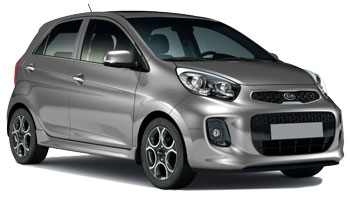
-
U-Save Auto Rental From£ 16 /day -
Green Motion From£ 17 /day -
Autounion Car Rental From£ 18 /day
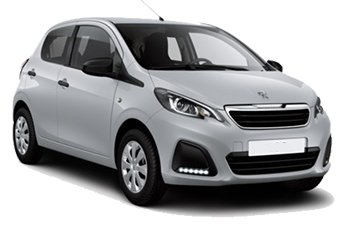
-
Alamo From£ 17 /day -
National Car Rental From£ 17 /day -
Enterprise From£ 18 /day
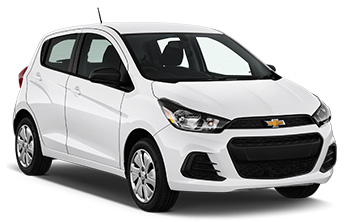
-
Avis From£ 20 /day -
Alamo From£ 26 /day
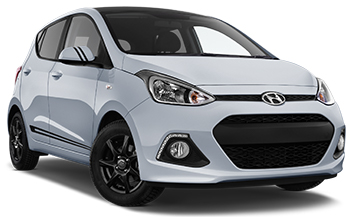
-
Carwiz rent a car From£ 18 /day -
Autounion Car Rental From£ 18 /day -
Goldcar From£ 21 /day
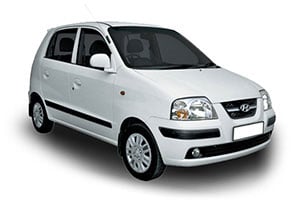
-
Carwiz rent a car From£ 18 /day -
Alamo From£ 19 /day -
Enterprise From£ 20 /day

-
Green Motion From£ 21 /day -
Autounion Car Rental From£ 23 /day -
Alamo From£ 26 /day

-
Avis From£ 18 /day -
Alamo From£ 19 /day -
Enterprise From£ 20 /day
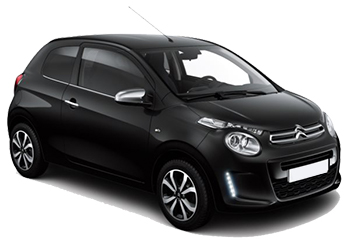
-
Sixt From£ 19 /day

-
Autounion Car Rental From£ 23 /day -
Budget From£ 27 /day
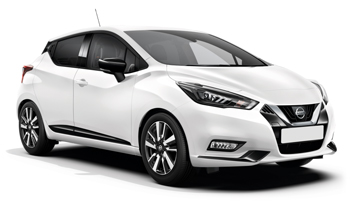
-
Avis From£ 15 /day -
U-Save Auto Rental From£ 17 /day -
Green Motion From£ 17 /day
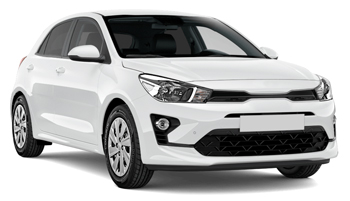
-
U-Save Auto Rental From£ 18 /day -
Autounion Car Rental From£ 21 /day -
Green Motion From£ 25 /day

-
Avis From£ 19 /day -
Green Motion From£ 21 /day -
Autounion Car Rental From£ 23 /day
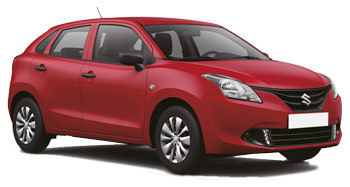
-
Green Motion From£ 18 /day

-
Green Motion From£ 18 /day -
U-Save Auto Rental From£ 18 /day -
Autounion Car Rental From£ 21 /day
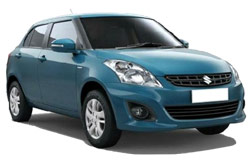
-
Green Motion From£ 23 /day -
Autounion Car Rental From£ 26 /day
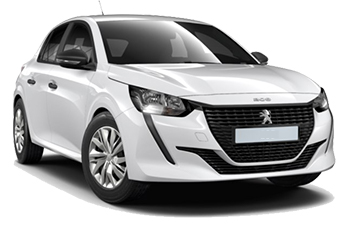
-
Carwiz rent a car From£ 18 /day
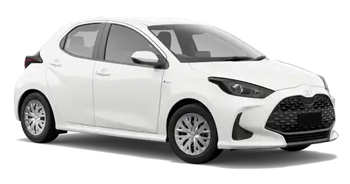
-
ACE Rent A Car From£ 19 /day -
Dollar Rent a Car From£ 21 /day -
Thrifty From£ 21 /day

-
Green Motion From£ 23 /day

-
Carwiz rent a car From£ 18 /day -
Alamo From£ 20 /day -
Enterprise From£ 21 /day

-
Green Motion From£ 19 /day -
U-Save Auto Rental From£ 19 /day -
Budget From£ 24 /day

-
Avis From£ 22 /day -
Green Motion From£ 24 /day -
Dollar Rent a Car From£ 26 /day
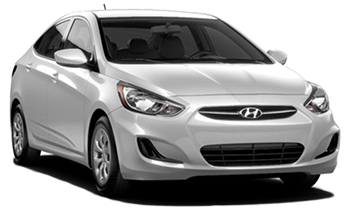
-
ACE Rent A Car From£ 19 /day -
Goldcar From£ 21 /day -
Dollar Rent a Car From£ 22 /day

-
Green Motion From£ 19 /day -
U-Save Auto Rental From£ 19 /day -
Avis From£ 19 /day
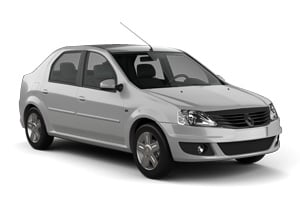
-
Dollar Rent a Car From£ 24 /day -
Thrifty From£ 25 /day

-
Dollar Rent a Car From£ 20 /day -
Thrifty From£ 21 /day -
Avis From£ 31 /day

-
Autounion Car Rental From£ 21 /day -
Zezgo From£ 32 /day

-
Green Motion From£ 24 /day -
Budget From£ 29 /day -
Sixt From£ 35 /day

-
Green Motion From£ 20 /day

-
Carwiz rent a car From£ 20 /day -
Autounion Car Rental From£ 25 /day

-
Green Motion From£ 24 /day
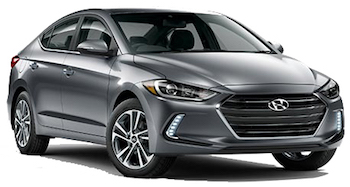
-
U-Save Auto Rental From£ 21 /day -
Alamo From£ 26 /day -
Green Motion From£ 27 /day
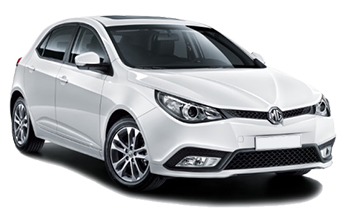
-
Green Motion From£ 21 /day -
Dollar Rent a Car From£ 22 /day -
Thrifty From£ 23 /day

-
Green Motion From£ 27 /day -
Dollar Rent a Car From£ 28 /day -
Thrifty From£ 28 /day
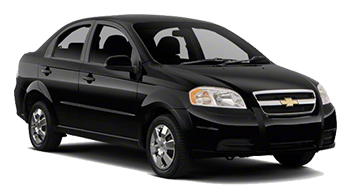
-
ACE Rent A Car From£ 21 /day

-
Autounion Car Rental From£ 29 /day

-
U-Save Auto Rental From£ 24 /day -
Green Motion From£ 24 /day

-
Carwiz rent a car From£ 25 /day -
Dollar Rent a Car From£ 30 /day -
ACE Rent A Car From£ 31 /day
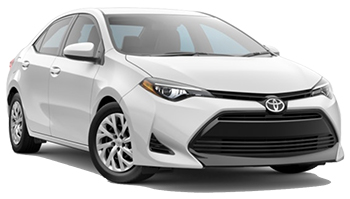
-
SurPrice car rentals From£ 28 /day -
Enterprise From£ 33 /day

-
Alamo From£ 35 /day -
Enterprise From£ 36 /day
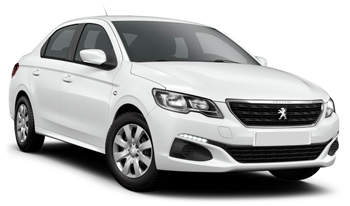
-
Dollar Rent a Car From£ 30 /day

-
Avis From£ 31 /day -
Budget From£ 40 /day -
Green Motion From£ 40 /day
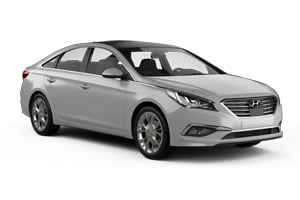
-
Green Motion From£ 36 /day -
Alamo From£ 48 /day -
Sixt From£ 48 /day

-
Enterprise From£ 32 /day -
Alamo From£ 34 /day

-
Autounion Car Rental From£ 32 /day

-
Alamo From£ 37 /day

-
Goldcar From£ 38 /day -
Europcar From£ 42 /day

-
Goldcar From£ 39 /day -
Dollar Rent a Car From£ 46 /day -
Avis From£ 61 /day
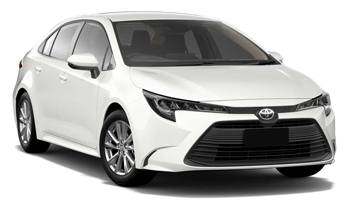
-
Budget From£ 44 /day -
Green Motion From£ 45 /day -
Sixt From£ 70 /day

-
Budget From£ 39 /day -
Green Motion From£ 41 /day -
Avis From£ 63 /day

-
Europcar From£ 45 /day
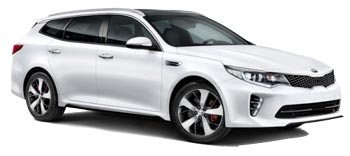
-
Autounion Car Rental From£ 45 /day -
Alamo From£ 78 /day -
Enterprise From£ 82 /day
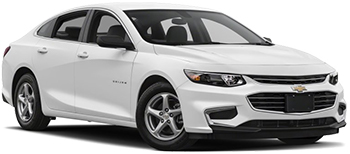
-
Thrifty From£ 50 /day -
Dollar Rent a Car From£ 51 /day

-
Thrifty From£ 47 /day -
Dollar Rent a Car From£ 47 /day

-
Alamo From£ 52 /day -
Autounion Car Rental From£ 53 /day -
Enterprise From£ 56 /day

-
Europcar From£ 39 /day

-
Europcar From£ 40 /day
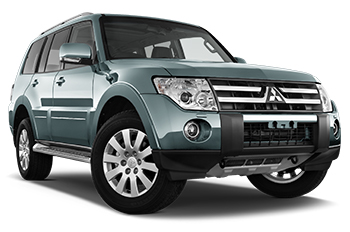
-
U-Save Auto Rental From£ 56 /day -
Autounion Car Rental From£ 58 /day -
Goldcar From£ 65 /day
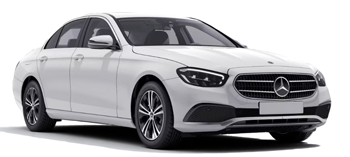
-
Budget From£ 68 /day -
Avis From£ 94 /day -
Europcar From£ 95 /day

-
Budget From£ 70 /day -
Europcar From£ 96 /day -
Avis From£ 98 /day

-
Avis From£ 68 /day
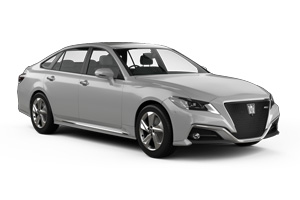
-
Budget From£ 68 /day

-
Budget From£ 72 /day
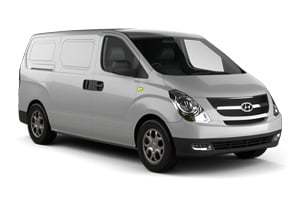
-
Europcar From£ 70 /day

-
Green Motion From£ 22 /day

-
Green Motion From£ 25 /day

-
Green Motion From£ 61 /day -
Thrifty From£ 65 /day -
Dollar Rent a Car From£ 66 /day

-
Green Motion From£ 64 /day -
Thrifty From£ 69 /day -
Dollar Rent a Car From£ 70 /day
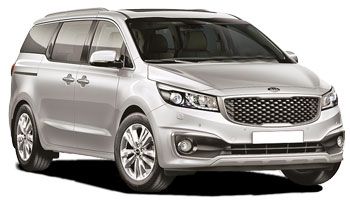
-
Green Motion From£ 67 /day

-
Green Motion From£ 70 /day

-
Goldcar From£ 138 /day
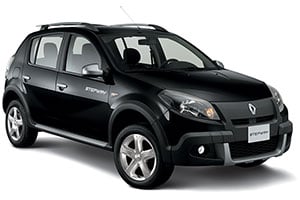
-
Goldcar From£ 25 /day -
Europcar From£ 28 /day
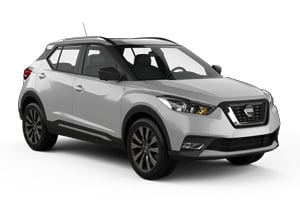
-
Goldcar From£ 31 /day -
Thrifty From£ 33 /day -
Carwiz rent a car From£ 33 /day

-
Europcar From£ 32 /day

-
U-Save Auto Rental From£ 31 /day -
Green Motion From£ 31 /day

-
Goldcar From£ 32 /day -
Europcar From£ 34 /day

-
Europcar From£ 36 /day

-
Green Motion From£ 34 /day

-
Thrifty From£ 37 /day -
Dollar Rent a Car From£ 37 /day
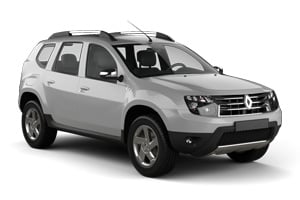
-
Autounion Car Rental From£ 34 /day -
Alamo From£ 39 /day -
Enterprise From£ 41 /day

-
Avis From£ 253 /day

When to book a rental car in Jordan
Jordan - When is the most affordable time to rent a mini class car?
At this destination (Jordan), November is the most affordable time to rent a mini class car with an average daily rate of
Jordan - When is the most affordable time to rent a economy class car?
At this destination (Jordan), November is the most affordable time to rent a economy class car with an average daily rate of
Jordan - When is the most affordable time to rent a compact class car?
At this destination (Jordan), November is the most affordable time to rent a compact class car with an average daily rate of
Jordan - When is the most affordable time to rent an intermediate class car?
At this destination (Jordan), November is the most affordable time to rent a intermediate class car with an average daily rate of
Jordan - When is the most affordable time to rent a standard class car?
At this destination (Jordan), November is the most affordable time to rent a standard class car with an average daily rate of
Jordan - When is the most affordable time to rent a full-size car?
At this destination (Jordan), November is the most affordable time to rent a full-size class car with an average daily rate of
Jordan - When is the most affordable time to rent a luxury car?
At this destination (Jordan), October is the most affordable time to rent a luxury class car with an average daily rate of
Jordan - When is the most affordable time to rent a station wagon?
At this destination (Jordan), November is the most affordable time to rent a station wagon with an average daily rate of
Jordan - When is the most affordable time to rent a SUV?
At this destination (Jordan), November is the most affordable time to rent an SUV with an average daily rate of
Jordan - When is the most affordable time to rent a MPV?
At this destination (Jordan), November is the most affordable time to rent an mpv with an average daily rate of
Jordan - When is the most affordable time to rent a minivan?
At this destination (Jordan), November is the most affordable time to rent a minibus with an average daily rate of
Jordan - When is the most affordable time to rent a sedan?
At this destination (Jordan), March is the most affordable time to rent a sedan with an average daily rate of

Jordan Guide
Jordan is best explored by rental car. Carrentals.co.uk has over 4 pick-up locations in Jordan. This means there is always a pick-up location close to your destination.
Most popular car hire locations in Jordan
Driving
Jordan lures over eight million visitors a year thanks to its ancient historical sites, incredible landscapes, religious sites and fantastic nightlife. Its long history, which dates back to the 10th century BC, can be seen spread out all over this Middle Eastern country. By car, visitors can comfortably explore the desert castles in the Eastern Desert, snap photos of ancient ruins in northern Jordan or drive along the famous and historic Dead Sea Highway.
Driving Tips for Jordan
Main highways are in good condition, making it easy to reach Jordan’s main destinations. Smaller routes may be poorly maintained and are usually unlit though signage is good for the most part and posted in both Arabic and English. It is required by law to carry a warning triangle and a fire extinguisher.
Driving licences: an International Driving Permit is needed by UK drivers and must be accompanied by a UK driving licence.
Which side does Jordan drive on: the right.
Speed limits:
Motorways: 56-68mph (90-110kph)
Rural areas: 43mph (70kph)
Built-up areas: 31mph (50kph)
Alcohol limits: unlike the UK, there is a zero tolerance law here; having any alcohol in your system while driving could result in harsh penalties.
Driving age: 18 years.
Seatbelts: compulsory in the front seats only and children under the age of 10 must only ride in the rear seat. There are no child restraint laws but it is recommended to use a car seat for young children.
Mobile phones and GPS: if driving, it is illegal to use a mobile phone unless it is used with a hands-free kit. The use of GPS is permitted but not needed outside of the capital city of Amman.
Cost of fuel in Jordan: substantially cheaper here than in the UK.
Car hire and fuel payment: credit card payment is received at many petrol stations but many charge extra for commission. It is often required for car hire. UK card holders should inform their card provider that they intend to use their card overseas.
Insurance: third-party insurance is not always included with car hire so be sure to check. It is also recommended to purchase additional coverage.
Traffic and parking: there can be heavy traffic on the Dead Sea Highway during national holidays. Parking is plentiful and many establishments offer valet parking.
Transport
Trains
Trains enter Jordan from Damascus (Syria) along the historic Hedjaz Railway twice a week, but are quite slow and uncomfortable. For information and schedules, visit Hedjaz Jordan Railway. There are no passenger trains within Jordan although the government is currently in the planning stages of building three routes.
Taxis
White taxis are shared taxis that operate in Amman, but these vehicles run on specific routes. Regular taxis can be found everywhere and are colour coded according to city; for example, in Amman, taxis are yellow and grey, and in Aqaba, they are green and blue. Taxis run on meters in Amman, with a base price of £0.22, and most trips don’t cost more than around £3. In other areas, taxis tend to charge a fixed price, so negotiate beforehand and be sure to confirm if the quoted rate is per person or for the journey.
Buses
Inter-city buses run to all main tourist destinations and are a comfortable and cheap way to get from one destination to the next. The fare from Amman to Aqaba is around £6 in a fast private bus. To book tickets or see a route map, visit JETT. Public minibuses are also available but are slower. Amman operates an inner-city bus service that is extremely cheap, with single fares of around £0.02.
Ferries
The port in Aqaba receives ferries and speedboats from Nuweiba (Egypt), with ferries being much slower than speedboats and costing around £35, while speedboats cost around £44. For schedules or to book tickets, visit AB Maritime.
Airports
Jordan’s Queen Alia International Airport is the country’s main port of entry, with direct flights from London-Heathrow by British Airways and Royal Jordanian. An alternative is to fly into King Hussein International Airport near Aqaba via Amsterdam or Brussels, although flights are seasonal. Domestic flights are available between these two airports with Royal Jordanian, with a one-way fare costing around £30. UK nationals require a visa to enter and this can be obtained on arrival at the airport; it is valid for 30 days and costs around £18.
Explore
Exploring Jordan
Amman, the capital and largest city, is the main port of entry and where most visitors start their tour. Here, visitors will find some great cultural and historical sites, including the Roman Nymphaeum, the ruins of the Temple of Herakles, the 5th century Byzantine Church and the magnificent Ummayad Palace.
In the Southern Desert region is the ancient Nabataean city of Petra, Jordan’s most visited destination. Wadi Run can also be found in this region, which is famous for its spectacular desert scenery.
Aqaba is the only city that is not landlocked and is home to Jordan’s only port. This city is a scuba diver’s dream, with daily trips available to see the magnificent coral in the Red Sea. Many visitors use this city as a base for daytrips to Petra and Wadi Run.
The less visited Eastern Desert is home to fantastic Omayyad period castles and the desert oasis of Azraq.
The King’s Highway region is most visited for its religious sites along the Dead Sea, which include Mount Nebo, the baptism site of Jesus and the town of Madaba. It is also home to the Hammamat Ma'in hot springs and waterfalls, Lots Cave and the Dead Sea Museum.
Weather
Jordan has a Mediterranean-style climate with semi-dry, hot summers which see temperatures rise to around 35°C in August. Winters here are mild, with temperatures dropping to around 13°C, although they have been known to get as cold as 3°C. The western part of the country experiences the most rainfall, while the Dead Sea area is the driest part of the country.
Practical information
-
CurrencyJordanian dinar
-
Driving directionRight
-
City speed limit90 km/h
-
Freeway speed limit120 km/h
-
LanguageArabic
-
Popular car categoryEconomy
What most people want to know
The following questions and answers are a selection of the most popular questions. If you do not find the answer to your question, have a look at the Frequently Asked Questions page or contact us.
- Enterprise
- Avis
- Autounion Car Rental
- NÜ Car Rentals
- Sixt
- Omaish
- Budget
- Thrifty
- U-Save Auto Rental
- wheego
- Europcar
- Alamo
- Dollar Rent a Car
- addCarRental
- Payless Car Rental
- Green Motion
- Carwiz rent a car
- ACE Rent A Car
- Zezgo
- OtoQ
- Hertz
- Mex Rent a Car
- Abbycar
- National Car Rental
- Street Rent a Car
- SurPrice car rentals
- Routes
- Goldcar Key'n Go
- CarQ
- Cargini
- Exer Rent A Car
- Goldcar
- Right Cars
- InterRent
- Keddy By Europcar